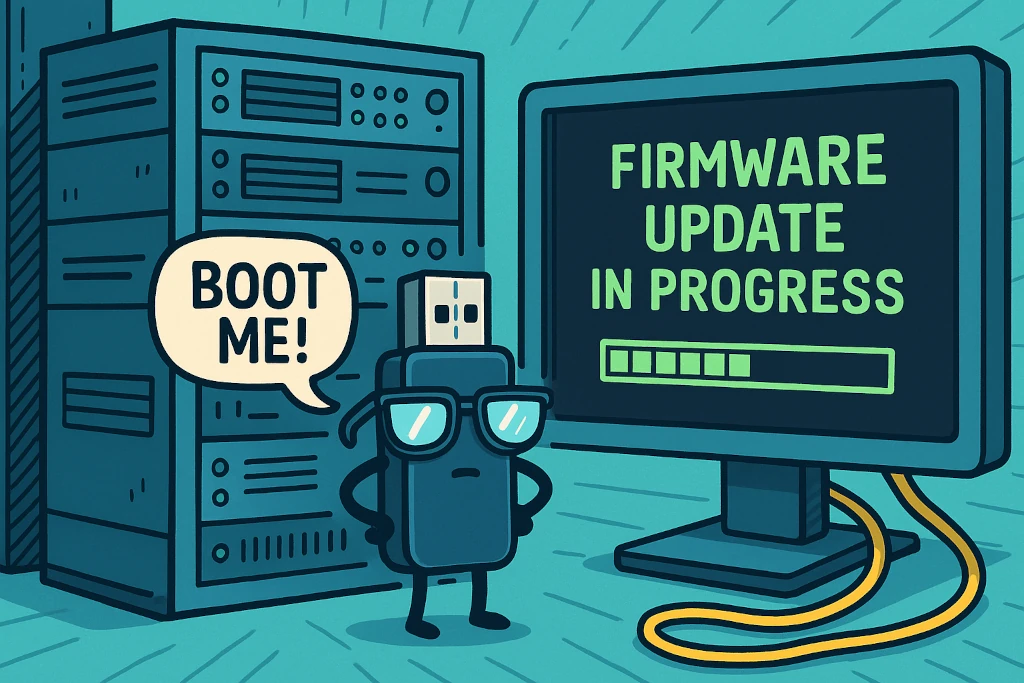So, today I had the great joy (and mild panic) of updating my HP servers with the HP Service Pack.
Okay, okay… technically it’s not the first time ever. I’ve been around that block before.
In the past I usually did firmware updates the manual way — clicking through iLO interfaces, spending hours on documentation rabbit holes, or sometimes running the Service Pack by hand whenever there happened to be a Windows Server installed.
But this was the first time I actually booted the Service Pack ISO from a USB stick instead of juggling with DVDs like it’s still 2008. Progress, right?
The Debian Dilemma
As a die-hard Debian user, I’m painfully aware that HP doesn’t exactly put “Debian” on the VIP guest list for supported distributions.
Red Hat, Windows… sure, come right in. Debian? “Sorry, mate, you’re not on the list.”
I confirmed that the hard way: when I mounted the ISO on Debian and tried to run the update script, it threw more errors than a JavaScript console on Internet Explorer 6.
Moral of the story: HP doesn’t care about my Debian feels.
USB Shenanigans
Yesterday I got brave (or foolish) and flashed the Service Pack ISO onto a USB stick using Rufus Portable.
Result: my server looked at the stick and said, “What even is this?” Boot failed. Cue facepalm.
Turns out the trick is to use HP’s USB-Key-Utility — yes, that dusty old official tool still floating around. It may look like it was coded during the Windows XP era, but hey, it actually works.
Sometimes the classics never die. 🎶
One File to Rule Them All
Another interesting discovery: whether it’s an HP DL20 Gen10 or a MicroServer Gen10 Plus V2… they both use the same Service Pack ISO.
Here I was thinking HP would split hairs between ProLiants and MicroServers. Nope.
Apparently HP is channeling its inner Tolkien: “One ISO to rule them all.”
The Actual Update (a.k.a. The Boring but Important Part)
With the USB stick finally created, I plugged it in and booted the server over the browser-based iLO HTML5 console (because why leave the comfort of my chair, right?).
The Service Pack fired up, I selected the automatic update option, and boom — firmware updates started rolling in.
No explosions, no smoke, no unexpected reboots at 99%. Just smooth firmware upgrades.
Which, honestly, is both a relief and slightly disappointing. Where’s the drama?
Conclusion
HP Service Packs: still clunky, still picky about Linux, but once you find the right USB tool, it just works™.
If you’re a Debian nerd like me, don’t even bother running the ISO directly — go the USB route. Your servers (and your sanity) will thank you.
Next time, maybe I’ll try to boot it from a floppy disk, just for science. 😉

